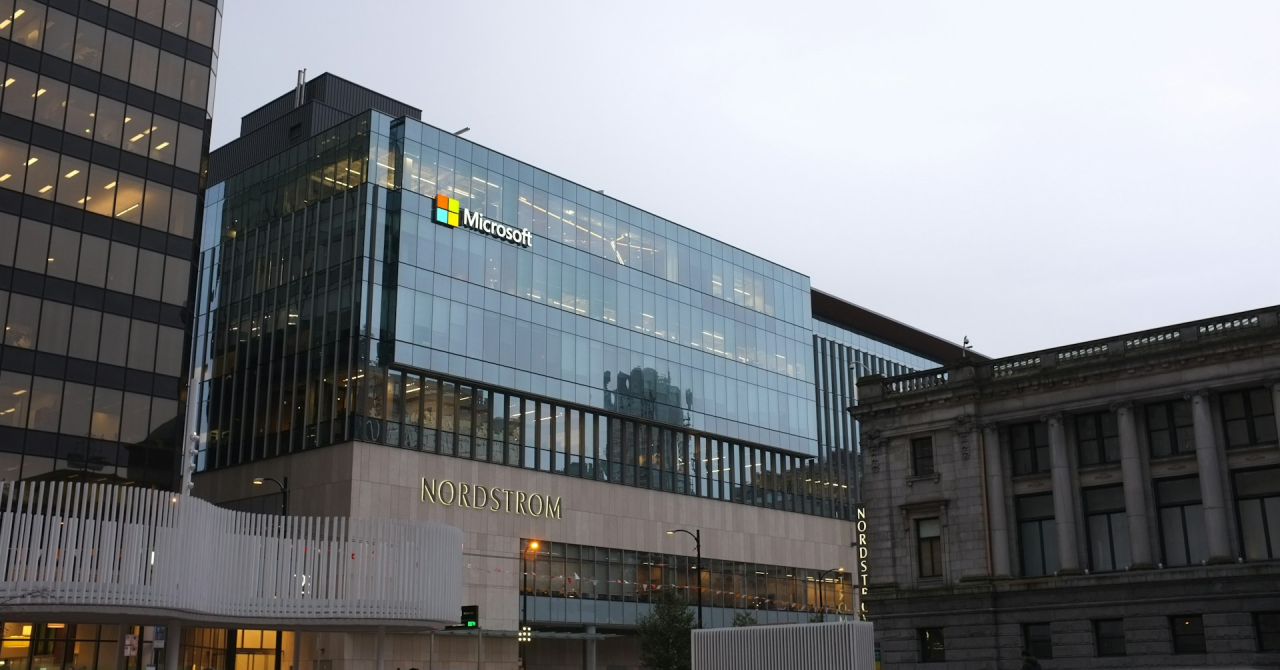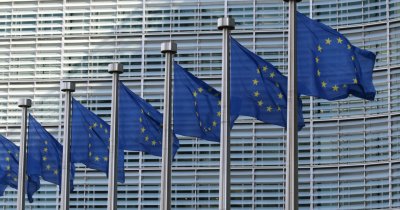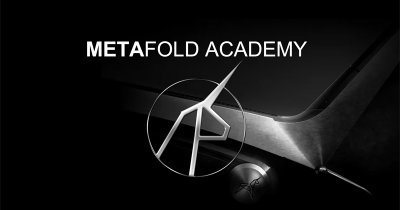ESG Today writes that Switzerland-based Neustark uses recycled construction materials from demolitions, such as concrete, to permanently store carbon dioxide captured from the atmosphere. The way this process works is by combining the concrete with liquefied CO2 emissions captured from biogas plants, thus embedding the two materials, mineralizing the carbon dioxide.
The resulted carbonated granules can be used by construction companies when building roads or manufacturing recycled, sustainable concrete.
Currently, Neustark operates 14 sites with a total capacity of 5,000 tons per year and company officials say they target the capture of millions of tons of CO2 annually in 2030.
As per the agreement with Microsoft, the Swiss company will deliver carbon credits worth 27,600 tons of captured carbon emissions over the next six years. Neustark's collaboration with Microsoft goes back to 2022, when it first received support from the American technology company through the "Microsoft for Startups" program.
Lisa Braune, Head of carbon dioxide removal (CDR) at Neustark, said that "we turn the world’s largest waste stream – demolition concrete – and other mineral waste material into a carbon sink. Our solution makes an impact now: we have removed more than 1,000 tons of CO2 to date, and we are expanding our footprint quickly. Working with such carbon removal pioneers such as Microsoft significantly helps to scale our impact and the CDR industry as a whole."
This is Microsoft's latest move in the carbon removal industry, as the company plans to become carbon negative by 2030, as well as to remove all its historical emissions by 2050.
Brian Marrs, Senior Director of Energy & Carbon Removal at Microsoft, said that "Neustark deploys a model for delivering high-quality, highly-durable carbon removal that is both scalable and measurable to help organizations towards a sustainable future."
 Mihai - Cristian Ioniță
Mihai - Cristian Ioniță












Any thoughts?